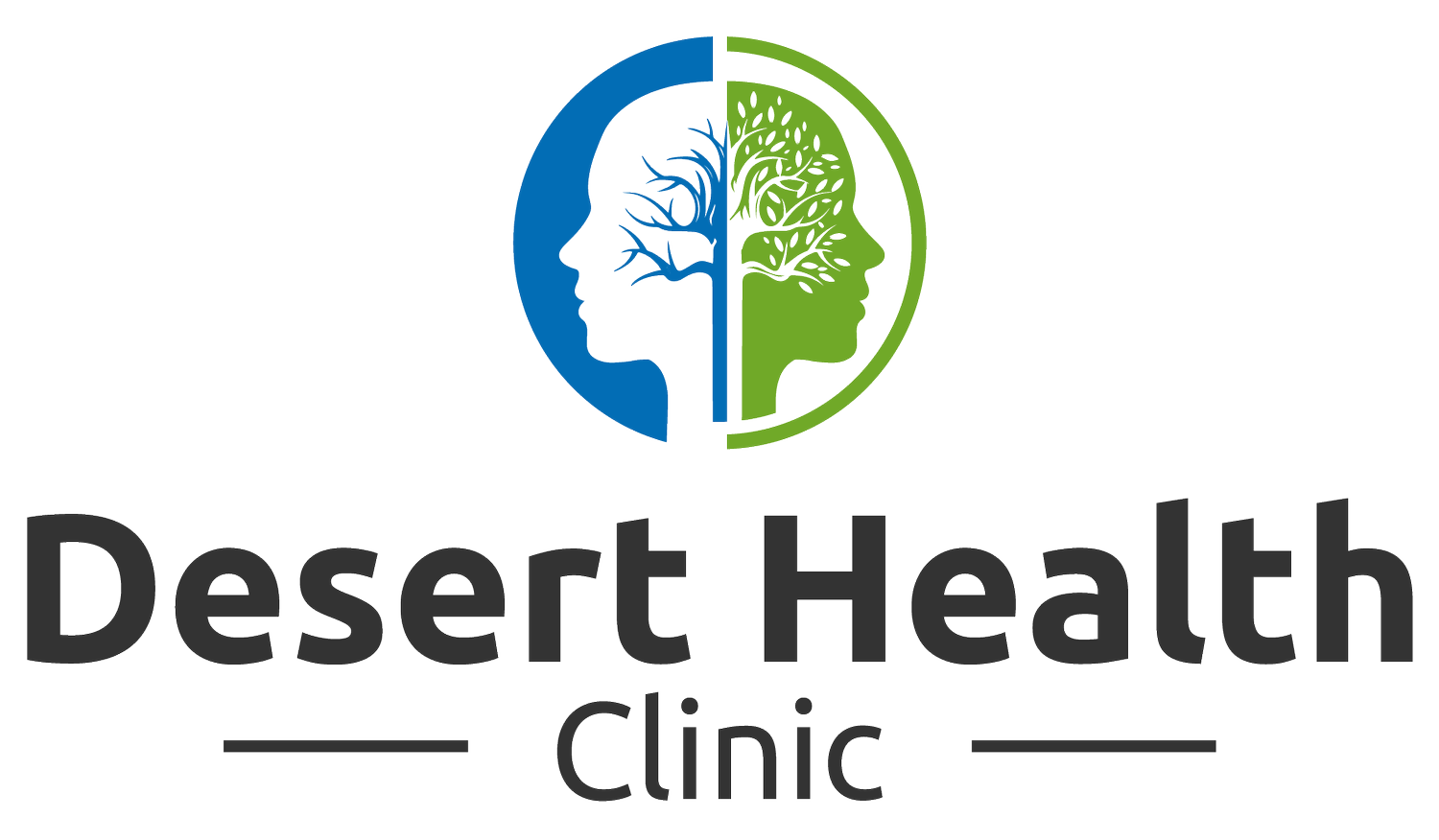
Clinical studies have shown that TMS can be effective for individuals with treatment-resistant depression, with a significant number experiencing symptom reduction or remission.
Transcranial magnetic stimulation (TMS)
Desert Health Clinic is excited to introduce dTMS machine. Our dedicated clinicians believe that this FDA-approved, non-drug treatment for Major Depressive Disorder (MDD) is transforming the way we approach mental health care. With no systemic side effects, TMS provides a non-invasive option for you to reclaim your life.
The success rate of Transcranial Magnetic Stimulation (TMS) can vary, but studies generally indicate that approximately 50-60% of patients with Major Depressive Disorder experience significant improvement in their symptoms after completing a typical course of treatment. Some research suggests that around 30-40% may achieve remission. Factors such as the severity of depression, previous treatments, and individual response can influence these rates. It's always best to consult with a healthcare provider for personalized information.
https://bespoketreatment.com/blog/what-is-the-success-rate-of-tms-therapy/
Transcranial magnetic stimulation (TMS)
-
How it works
During a TMS session, an electromagnetic coil is placed against the scalp. The device delivers brief magnetic pulses, similar in strength to those used in an MRI. These magnetic pulses stimulate nerve cells in targeted regions of the brain, like the dorsolateral prefrontal cortex (DLPFC), an area associated with mood regulation, according to Vanderbilt Health. The magnetic fields generate small electrical currents within the brain tissue, influencing neuronal activity and promoting beneficial changes in brain function.
-
What it feels like
During a TMS treatment, you'll sit in a comfortable chair and may hear a clicking sound and feel a tapping sensation on your scalp where the coil is placed. While some individuals may experience mild discomfort or headaches in the initial sessions, these side effects are usually temporary and diminish over time.
-
Conditions treated
TMS is primarily known for its use in treating Major Depressive Disorder (MDD), particularly when other treatments like antidepressant medications and psychotherapy haven't been effective. It's also FDA-approved to treat Obsessive-Compulsive Disorder (OCD), according to UPMC and to help individuals quit smoking. Research is ongoing into its potential for treating other conditions like anxiety, post-traumatic stress disorder (PTSD), chronic pain, and migraines.
-
Treatment schedule and duration
A typical TMS treatment course involves daily sessions, usually five times a week, for a period of several weeks (often 4-6). Individual sessions can range from 3 to 40 minutes, depending on the specific protocol used.
-
Benefits
Non-invasive: No surgery or anesthesia is required.
Minimal side effects: TMS generally avoids the systemic side effects often associated with antidepressant medications, like weight gain or sexual dysfunction. Common side effects are usually mild and temporary, such as headaches or scalp discomfort.
Effective for treatment-resistant conditions: TMS offers hope for individuals who haven't found relief with conventional treatments.
Outpatient procedure: Patients can drive themselves to and from appointments and return to their regular activities immediately after each session.
-
Important Considerations
Consultation is key: It's essential to discuss with your healthcare provider whether TMS is an appropriate treatment option for you based on your medical history, diagnosis, and previous treatment experiences.
Insurance coverage: While most policies cover TMS for depression, it's crucial to check with your insurance provider to understand your specific coverage and any eligibility criteria.
Not for everyone: Certain medical conditions or implants, such as metal in the head or devices like pacemakers, may make TMS unsuitable.


